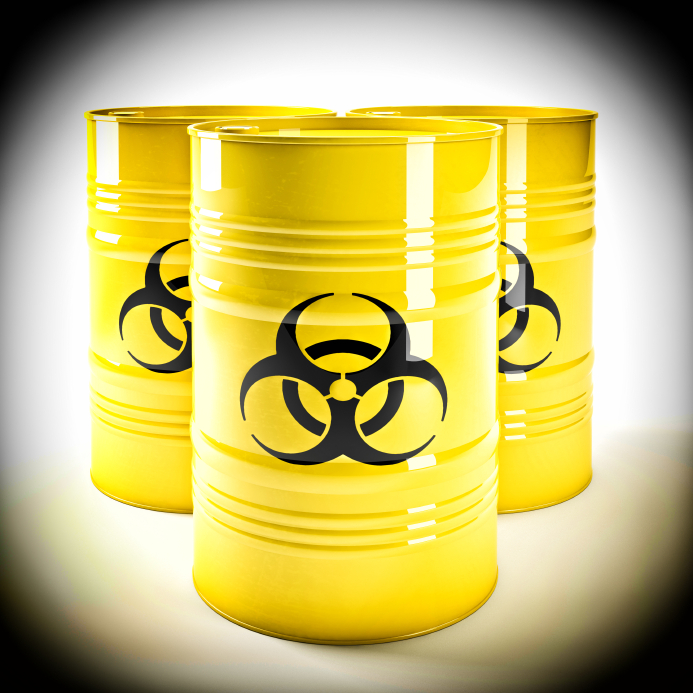
|
On July 22, 2015, OSHA issued a letter of interpretation tightening up its definition of “retail facilities.” As a result, many facilities operating under that exemption may now be subject to PSM requirements. Is your retail exemption going away? Keep reading to find out.
Redefining ‘Retail’
The problem is not that OSHA is redefining “retail” now; the problem is that OSHA, through standards interpretation letters, created an overly broad definition for “retail” at the inception of the PSM standard. OSHA is now moving to restrict that definition.
The retail facility exemption is found at 29 CFR 1910.119(a)(2)(i). Although the term "retail facility" is not defined in the standard, the preamble to the final PSM standard explains that chemicals in retail facilities are generally sold in small packages, containers, and allotments—for example, at gas stations.
Your one-stop safety management resource, available 24/7. Go here to take a no-cost site tour or here to try it in your own office!
This description was consistent with definitions used by other federal government agencies define retail facilities in similar terms. In particular the U.S. Department of Commerce. Responsible for the development of the North American Industry Classification System (NAICS) that organizes businesses into specific industrial sectors for economic and statistical purposes, the Department of Commerce described retail trade as follows:
The Retail Trade sector comprises establishments engaged in retailing merchandise, generally without transformation, and rendering services incidental to the sale of merchandise. The retailing process is the final step in the distribution of merchandise; retailers are, therefore, organized to sell merchandise in small quantities to the general public.
However, shortly after the final PSM standard was published, OSHA issued a series of letters of interpretation and made statements in its PSM compliance directive (CPL 02-02-045) that were inconsistent with—and much broader than—the NAICS description. In those documents, OSHA stated that an establishment was exempt from PSM coverage if it derived more than 50 percent of its income from direct sales of highly hazardous chemicals to the end user ("the 50 percent test").
The 50 percent test allowed employers that sell or distribute large bulk quantities of highly hazardous chemicals directly to end users to claim the exemption, even if the end users were themselves commercial establishments—contrary to the original intent of the PSM standard. OSHA’s intent, as described in the preamble, was to exclude retail facilities from PSM coverage because the small container, package, or allotment sizes of the chemicals typically found at these facilities did not present the same safety hazards as establishments that handled large bulk quantities of materials.
Retail facilities of the gas station variety generally fall into NAICS Sectors 44-45—Retail Trade. In contrast, facilities that handle larger, bulk quantities typically fall into NAICS Sector 42—Wholesale Trade—and include facilities that sell or arrange the purchase or sale of raw and intermediate materials and supplies used in the production of other end products.
Great news! BLR’s renowned Safety.BLR.com® website now has even more time-saving features. Take our no-cost site tour! Or better yet, try it at no cost or obligation for a full 2 weeks.
OSHA never intended to exempt wholesale facilities of that type from the PSM standard. As a result, OSHA is rescinding all prior policy documents, letters of interpretation, and memoranda related to the retail exemption and the 50 percent test. Going forward, OSHA will interpret the retail facilities exemption consistently with the applicable NAICS classification:
Only facilities, or the portions of facilities, engaged in retail trade as defined by the current and any future updates to sectors 44 and 45 of the NAICS Manual may be afforded the retail exemption at 29 CFR 1910.119(a)(2)(i).
Achieving Compliance
The bad news, if you are a wholesaler that has been operating under the retail facilities exemption, is that your exemption has just gone away. You’ll need to start bringing your facility into compliance with PSM.
The good news—if you can call it that—is that most affected facilities fall under EPA’s RMP program level 2 requirements. The safety management system required by RMP 2 addresses 8 of the 13 OSHA PSM elements. So what employers need to do to comply with PSM should be minimal for those who are already in compliance with RMP 2.
Enforcement Guidance
Though OSHA’s change is effective immediately, it is offering employers 6 months’ grace on enforcement. For 6 months, beginning on the date of its memorandum (July 22, 2015), OSHA will focus on providing compliance assistance to affected employers. The agency will not cite affected employers for violations of the PSM standard unless conditions at a facility expose workers to an immediate and severe hazard, and OSHA determines that the employer has not made a reasonable good-faith effort to eliminate or substantially control the hazard.
